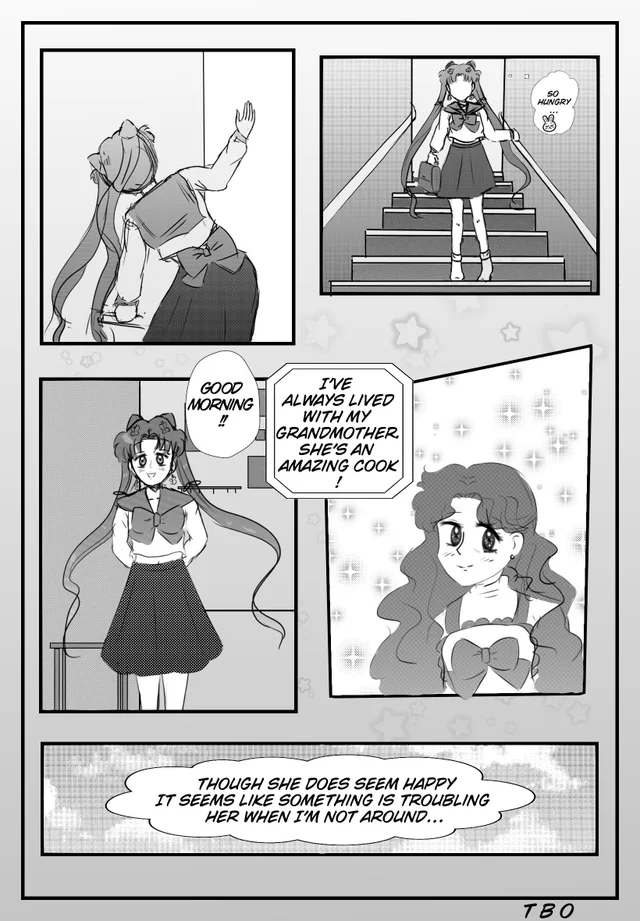Lesson Two: Using Graphic Novels to Master Storytelling Skills
- Cailyn Dougherty

- Mar 14, 2023
- 4 min read
Depending on who you ask, Literacy can be defined differently. Literacy is the ability to convey and receive information through listening, speaking, reading, writing, and thinking. In Texas, our ELAR knowledge and skill standards, also known as the Texas Essential Knowledge and Skills (TEKS), begin addressing how students should engage in learning by highlighting literacy-making aspects. The good news is graphic novels provide the foundation to engage in all the abovementioned literacy-making opportunities.
Students can discuss and listen to discussions about graphic novels both through an academic and non-academic lens. They can read and write about graphic novels through informational and noninformational lenses. And through all these actions, students are actively thinking about the skills, connections, and similarities between graphic novels and, to some extent, traditional novels. It comes down to how you begin including these tools in the curriculum.
As mentioned before, anything you would do with a traditional novel, you can do with a graphic novel. Let's take "Sailor Moon" by Naoko Takeuchi. To shed some light on the series, let's discuss what it is and what it is about. This classic multi-volume multi-story arched manga is highly esteemed within the graphic novel/manga community. It has also won multiple awards and recognitions in Japan and worldwide.
According to the American publishing company VIZ, "Sailor Moon" is about:
SAILOR MOON is the quintessential magical girl phenomenon beloved worldwide that chronicles the adventures of a 14-year-old girl and her friends, chosen by destiny to defeat the forces of evil. Told between two beautiful anime series, SAILOR MOON has become cherished by fans for over 20 years.
Additionally, the book provides the following synopsis:
The story centers around an air-headed crybaby, named Usagi, and her friends Ami, Rei, Makato, and Minako. Using special powers, they can transform into Sailor Soldiers. They become Sailor Moon, Sailor Mercury, Sailor Mars, Sailor Jupiter, and Sailor Venus respectfully. They fight for love and justice against the evil minions of The Dark Kingdom. To help them in their quest, they heed the advice of two talking cats, Luna and Artemis, and also the mysterious Tuxedo Mask.
Now that we have had the opportunity to learn a little about the series, we have a small foundation for lesson planning. To get started, I recommend using volumes 1-3 of the series to discuss basic storytelling elements such as exposition, rising action, climax, falling action, and resolution. The great thing about volume-based graphic novels is they still follow this pattern without completely resolving. Thus providing your students multiple opportunities for skill-building and mastery without growing disenfranchised with the information?

It doesn't stop there. In volumes 1-3 of "Sailor Moon," you are introduced to the main character, almost all supporting characters, and background characters that impact the story. Through these interactions and dialogue, you can discuss meaning-making, cultural differences, vocabulary, and author's purpose. Additionally, there are opportunities to write reflectively about the characters' interactions, reactions, and potential foreshadowing that occurs in the story. You can also have your students put themselves in the main character's place or characters of their choice and write what they think will happen next.
Let's take a peek at a couple of panels:
Above, you will find three different panels from volume 1 of the series. An old-school goody is the Character Autopsy, where students select a character and identify different parts of the body with symbols representing the character of their choice. In this case, I would pick one of the Sailor Scouts or Sailor Moon. Students could use evidence from volume 1 to support why they gave certain traits to their character and selected the symbol to represent that trait.
Another way you could use these panels is for written responses such as compare and contrast or character analysis. For example, students could compare and contrast Usagi, the main character, with her friend Naru by asking themselves, "How do these differences/similarities divide or bring together Naru and Usagi?" They could also compare Usagi's personality to Sailor Moon's or her Sailor Scout friends.
Moving beyond the surface, students could collaborate to create dialogue using sentence stems from the manga itself. For example, using Naru's line "Ugh, I don't believe..." and Umino's line "You know tests ╴, "students can create responses to practice dialogue. Leaving it open-ended allows for them to get silly and create their own scenes.

The last thing I want to highlight can be found on Viz' Sailor Moon page (https://www.viz.com/sailor-moon) is the opportunity for students to create. Whether its using a blank comic book panel to create their own Sailor Moon stories, using the original artwork to craft their own versions or tapping into digital literacies by creating their own book trailers; graphic novels allow for students to build skills from the level of understanding all the way up to the create level.
While today's focus wasn't explicitly on full blown lesson planning, I hope this overview allows for the beginning stages of implementing graphic novels into your classroom. Join us next month where we will begin taking these ideas and crafting a mini lesson.
Stay reading,
Cailyn




































Comments